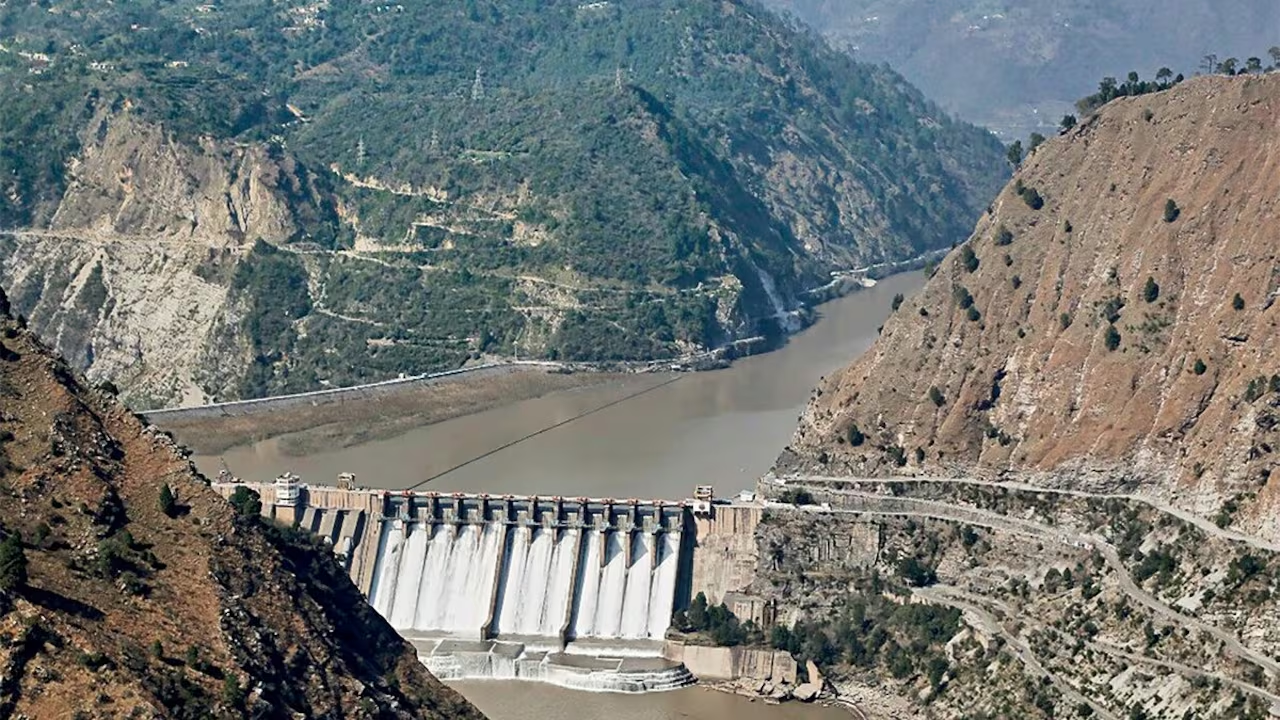- Courses
- GS Full Course 1 Year
- GS Full Course 2 Year
- GS Full Course 3 Year
- GS Full Course Till Selection
- Answer Alpha: Mains 2025 Mentorship
- MEP (Mains Enrichment Programme) Data, Facts
- Essay Target – 150+ Marks
- Online Program
- GS Recorded Course
- Polity
- Geography
- Economy
- Ancient, Medieval and Art & Culture AMAC
- Modern India, Post Independence & World History
- Environment
- Governance
- Science & Technology
- International Relations and Internal Security
- Disaster Management
- Ethics
- NCERT Current Affairs
- Indian Society and Social Issue
- NCERT- Science and Technology
- NCERT - Geography
- NCERT - Ancient History
- NCERT- World History
- NCERT Modern History
- CSAT
- 5 LAYERED ARJUNA Mentorship
- Public Administration Optional
- ABOUT US
- OUR TOPPERS
- TEST SERIES
- FREE STUDY MATERIAL
- VIDEOS
- CONTACT US
India Adds 3 new Ramsar sites to Wetlands Network
India Adds 3 new Ramsar sites to Wetlands Network

The central government has recently designated the Nanjarayan Bird Sanctuary and Kazhuveli Bird Sanctuary in Tamil Nadu, along with the Tawa Reservoir in Madhya Pradesh, as new Ramsar Sites.
- With these additions, India's total number of Ramsar Sites has increased to 85.
- Tamil Nadu now leads with the highest number of Ramsar Sites (18), followed by Uttar Pradesh with 10.
Key Facts About the New Ramsar Sites:
-
Nanjarayan Bird Sanctuary:
- Location: Northeastern Uthukuli Taluk, Tiruppur District, Tamil Nadu.
- Size: 125.865 hectares.
- Historical Context: Restored centuries ago by a local King Nanjarayan.
- Water Source: Relies on rainfall from Nallar drainage and supports agriculture and groundwater recharge.
- Bird Species: Home to species such as the Bar-headed Goose, Northern Shoveler, Spot-billed Pelican, and Heronry.
- Management: Tamil Nadu’s 17th bird sanctuary, managed by the local community and forest department.
-
Kazhuveli Bird Sanctuary:
- Location: Coromandel Coast, Villupuram District, Tamil Nadu (north of Pondicherry).
- Size: 5151.6 hectares.
- Features: Large brackish lake connected to the Bay of Bengal via Uppukalli creek and Edayanthittu Estuary.
- Wetland Types: Includes estuarine, creek-fed brackish, and freshwater basins.
- Vegetation: Contains degraded mangrove patches with Avicennia species and reed beds (Typha angustata).
-
Tawa Reservoir:
- Location: Confluence of the Tawa and Denwa rivers near Itarsi town, Madhya Pradesh.
- Purpose: Originally built for irrigation, now supports power generation and aquaculture.
- Surroundings: Lies within the Satpura Tiger Reserve, bordering Satpura National Park and Bori Wildlife Sanctuary.
- Tributaries: Major tributaries include River Malani, Sonbhadra, and Nagdwari.
- Wildlife: Hosts Spotted Deer and Painted Stork.
What is the Ramsar Convention?
The Ramsar Convention is an international treaty signed in 1971 in Ramsar, Iran, with the aim of conserving wetlands of international importance. It is managed under the auspices of UNESCO. In India, the Convention was adopted on February 1, 1982. Ramsar Sites are designated to recognize and protect wetlands that are crucial for global biodiversity.
- Montreux Record: A part of the Ramsar List, this record includes wetland sites where changes in ecological character have occurred, are occurring, or are likely to occur due to technological developments, pollution, or other human activities.
Conclusion:
The inclusion of the Nanjarayan and Kazhuveli Bird Sanctuaries and the Tawa Reservoir as Ramsar Sites highlights India's commitment to preserving its wetlands and promoting biodiversity. These designations will enhance protection and conservation efforts for these vital ecosystems, reflecting India’s role in global environmental stewardship.




